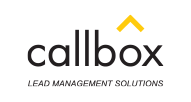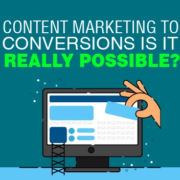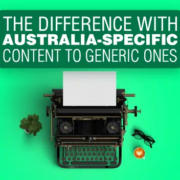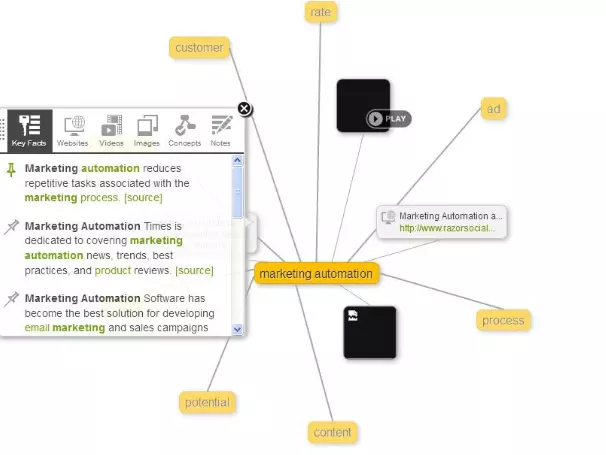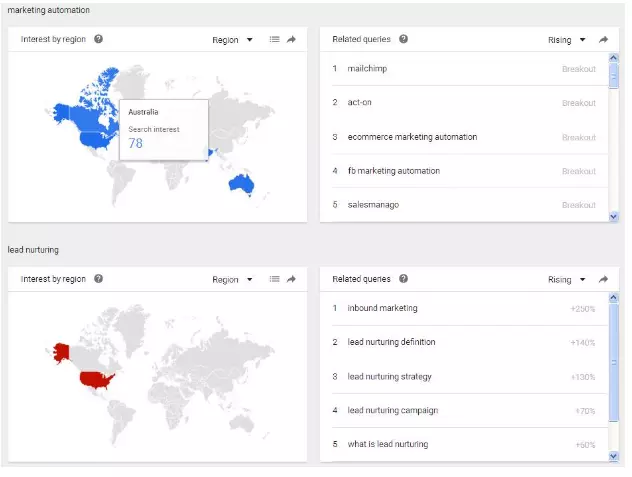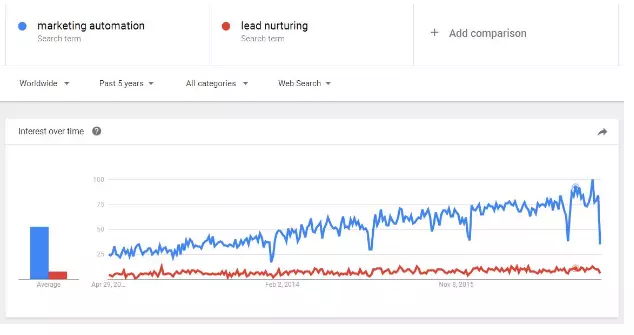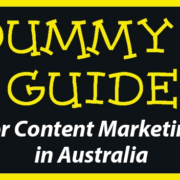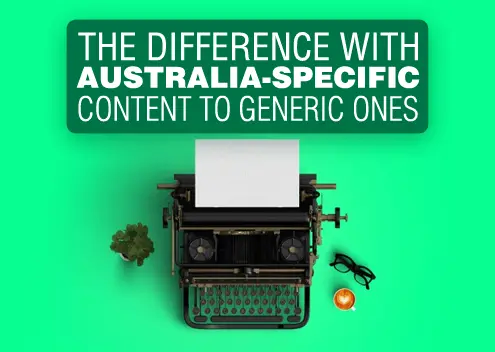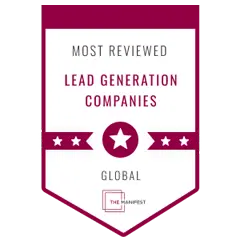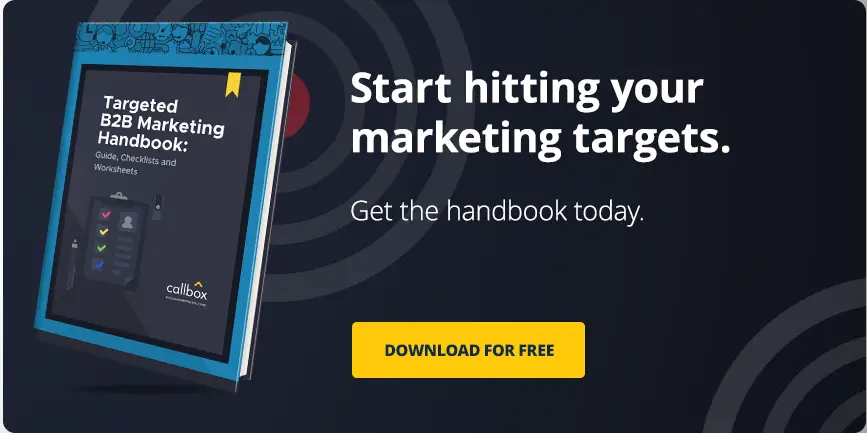Content Marketing to Conversions: Is It Really Possible? [GUEST POST]
Content marketing involves writing clear, fluent and high-quality content that will be able to promote the product it describes. High-quality content is likely to archive a high search engine ranking meaning it will be read by a large number of potential customers. The idea in content marketing is that the content should not only be read by a high number of potential customers, but also be persuasive enough to change the readers to customers and customers to fans. The primary goal of content marketing is making money from these contents but it is also possible the contents can lead to conversions if written by an experienced writer. Converting content is very important for successful content marketing. Below, are some of the ways in which you can make content marketing converting.
Avoid vagueness
Exactness is very important in building trust since it shows that your content is detailed and specialized in certain areas. Such content creates the urge to read more since what you are reading is well organized and to the point. Take an example of the titles “Learn about the hundreds of new baking companies” and “Learn about the 4,500 new baking companies in the U.S.”. When searching for information about baking companies, most people would choose the second title because it is specific and it is clear about what it is giving information about. This is the type of content you will read with all your concentration work by word till you finish reading it. In such cases it is likely that the text will provide you with the information you were not aware of before, thus changing your perception about baking.
Related: The Difference with Australia-specific Content to Generic Ones
Clarity
Writing content that follows the rules, doesn’t go outside the topic of discussion, is straightforward and clear ensures your work is understood by all your audience. It is wise not to write the full content from your own personal thoughts since it is likely that you will go out of topic or lose clarity in your content. Such kind of content may generate readers, but it is doubtful those readers will turn into clients. Your content should not only inform your readers but also be clear enough to benefit them so that it can increase the awareness of your brand. To create that kind of content, you should give an introduction of your topic, explain in an easy to comprehend language how it affects your readers, list your recommendations on how to face and benefit from the issue and provide clear gated content as a call for action discussing how the issues will affect your clients in the future.
Clear content is easy to understand and if the content is easy to understand, then readers will continue reading it until they finish it and sometimes even go beyond what they were searching for. Some sites give clear information in financing home improvements that is to-the-point and clear. This way the content may change their standpoint in many ways although the content was initially made for content marketing not for converting them.
Related: How To Manage(and Convert) Your Inbound Leads
Using questions
Questions are a very important weapon to the writers because of their interactive nature and their tendency to hook readers in the content by creating curiosity. They work well for conversion-oriented contents since they give room to the reader to frame a response. Take the example of the following two headlines, “Are you struggling with roofing problems? Here are 5 ways of getting the best roofing for your home” and “5 best roofing techniques”.
The question in the first headline makes it more interactive and persuasive than the second one and it is obvious that majority of the readers will choose the first headline since it looks more informative about roofing. The first impression is very crucial since readers will judge your content by it since there are other contents they can choose to get the information they need from. Questions make your content stand out from the rest thus increasing the chances for it to be chosen by readers and changing their perspective on the topic being discussed in the content.
Related: Dummies Guide for Content Marketing
Cut anxiety
Good content should reduce the reader’s anxiety by providing them with detailed information on the areas they are concerned with and showing them that the content they are getting the information from is credible and it comes from an experienced source who knows their needs and wants. Trust is a vital requirement for you to be successful in content marketing and cutting anxiety by providing high-quality contents for the readers is one way of ensuring that success. In your content, you should be able to describe how you, or a current customer, overcame similar problems that you were facing and what role your company’s products and tools played in addressing similar issues.
You should also share your real life and personal experience that your audience can relate to. This is a quick way of establishing trust between you and your clients and ones it is fully established, a lot of readers will look for your contents which are the aim of content marketing. It is very possible for readers to get converted by such kind of contents since they give the real-life experience and that is what many readers are looking for.
Related: Sales Tips: Interesting Facts About How to Gain Prospect’s Trust
Give advice
In your content, you should give advice on the issues discussed but the readers will only believe you if your content is informative, dedicated to solving your reader’s problems and educational. For example, if your content is about the different types of leather, you should give detailed information about those types and give an advice on the qualities to consider when purchasing a leather item. If in your content you had limited information about those different types, readers will find it difficult to trust in your advice. Detailed content shows you are familiar with what you are writing about and it is very easy to change the reader’s standpoint in the process.
It is without any doubts that I say that in content marketing it is possible to change the reader’s point of view or convert him/her through a well written, persuasive content. Conversion-oriented writing grabs the readers’ attention, keeps them engaged throughout the content and encourages them to click on a CTA (Call to Action) to change readers into paying customers.
